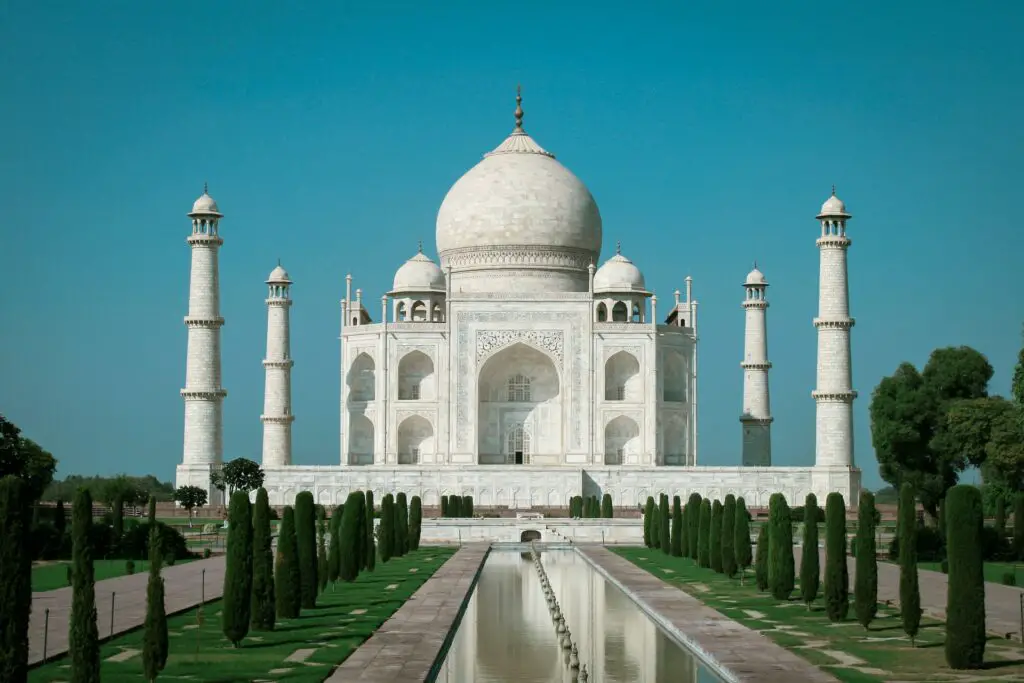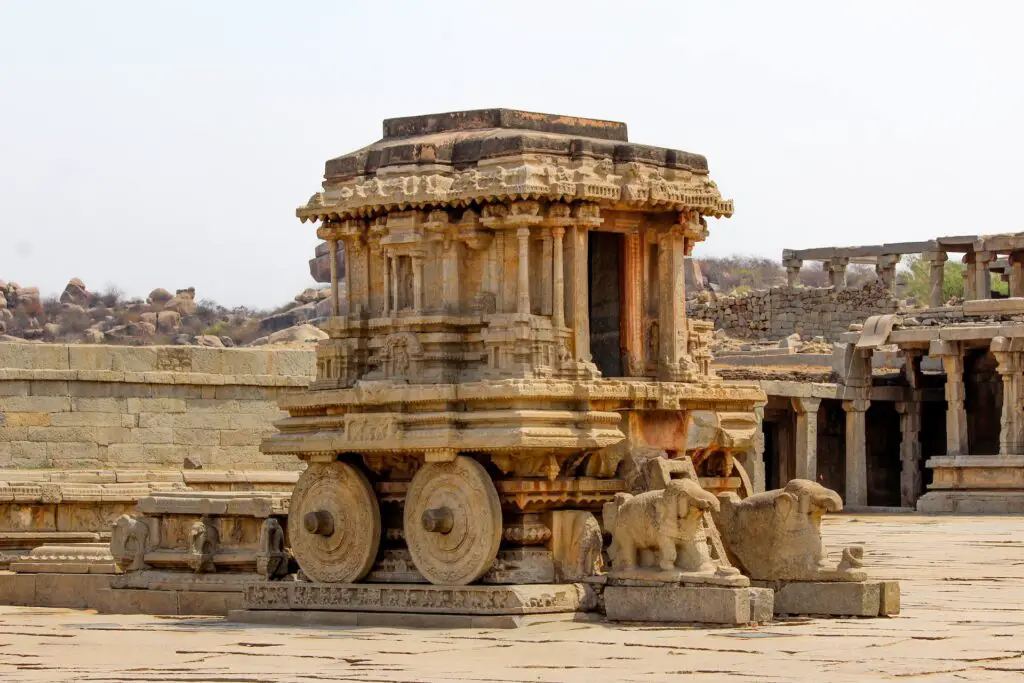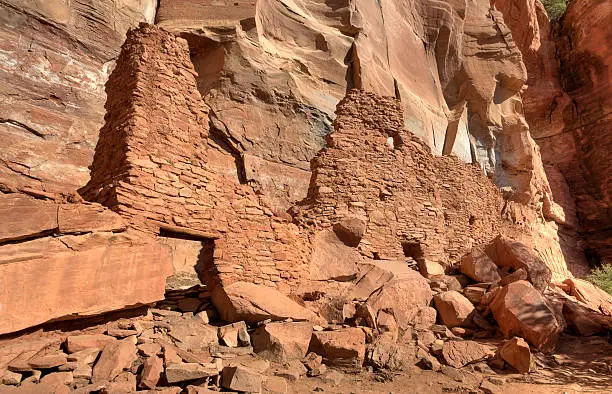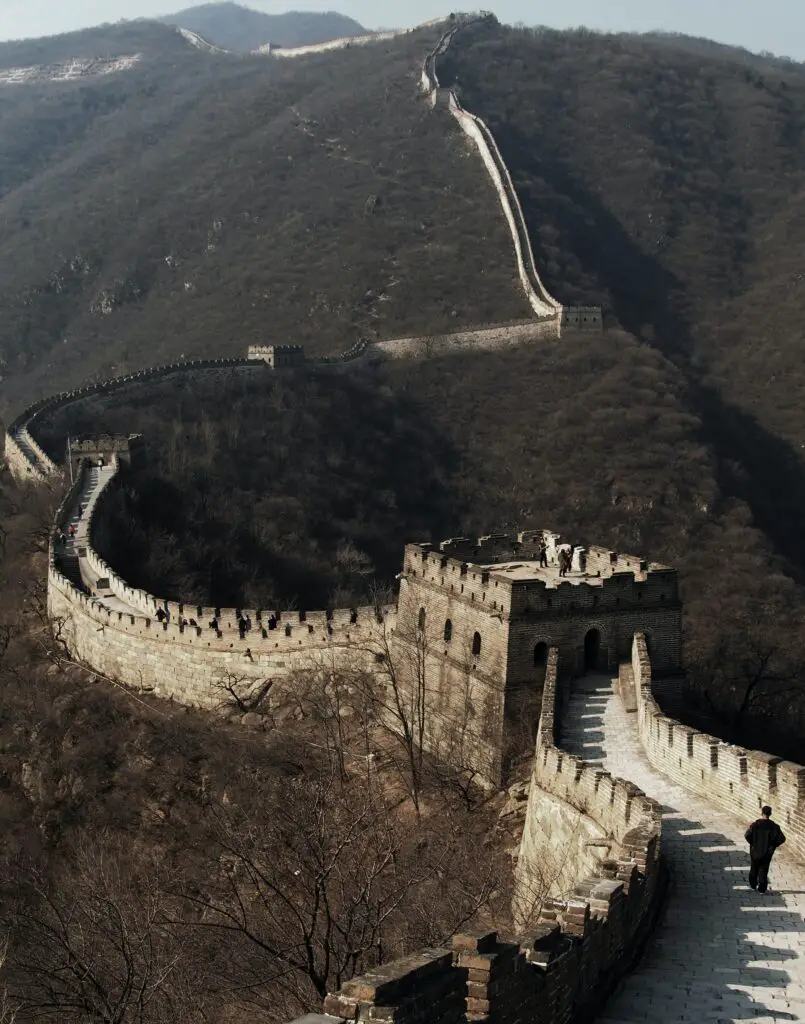Leaning Tower of Pisa perfect example of Byzantine and Classical elements of architecture showcasing architecture with a long tragic history and Engineering marvel. Located in the city of Pisa, in Tuscany, Italy. Such an massive ancient building has grabbed the attention and imagination of millions of tourists in every corner of the world, with its unique tilt and intriguing heritage.

Here we are going to uncover some of the hidden truths and interesting facts/ secrets behind this Italy’s one of the UNESCO World Heritage site. Despite of that, iconic Italian landmark, why even today it has become one of the most recognizable and beloved tourist attractions on the planet. Despite of ups and down in its pages of history, Leaning Tower of Pisa, faced a lot of challenging processes in its lifetime including restoration efforts. The Leaning Tower of Pisa continues to stand tall as a symbol of human dedication, consistency, and art of work with different conditions and the power of architectural brilliance.
Related Search: Things to do in Rome, Italy.
Where is the Leaning Tower of Pisa?
Leaning Tower of Pisa is located Piazza del Duomo, City of Pisa PI, Tuscany, West Central region of Italy 56126.
Things You should Know About Leaning Tower of Pisa, Italy
1. History
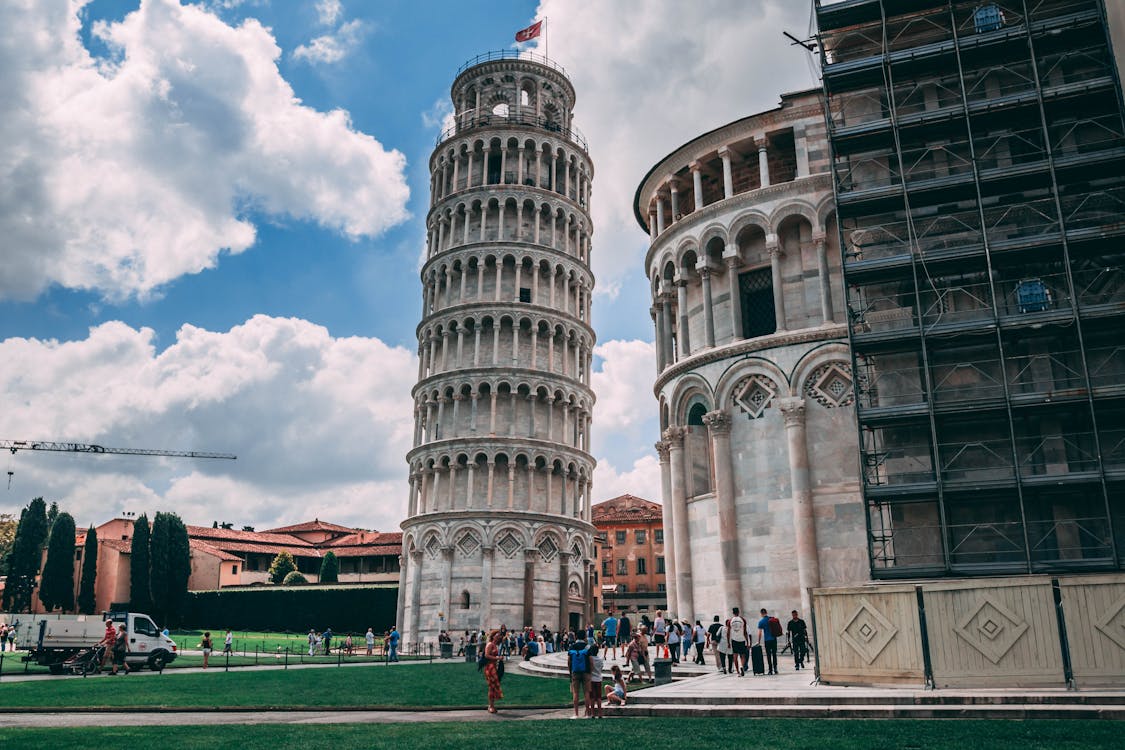
Construction of the leaning tower of Pisa began in August 1173, and lasted for after 200 years dedicated work. Afterwards, Tower faced severe damaged due to war and debt several times, especially during WW-I and WW-II. Built 185 feet high with the help of white marble, however, the tower started leaning during its construction due to the soft ground it was built on (foundation). Finally, this tower completed its work in the 14th century. The tower was intended to be a ‘bell tower’ for the nearby Pisa Cathedral.
2. Architecture

Make sure that, Architecture is the vital part when its comes to its discussion. The Leaning Tower of Pisa is popularly known for its freestanding bell tower which is made of white marble. This tower’s ground is in the ground’s city’s cathedral complex, known as “Campo dei Miracoli or Piazza dei Miracoli (Square of Miracles). The total height of this tower is around 55.86 meters (183.27 feet) on its highest side and 56.70 meters (186.02 feet) on the other side which is its lowest side.
The architecture of this tower goes to medieval periods especially during the Roman Empire. The tower has eight levels or stories, under that bell chamber at the top. Bonanno Pisano, a man behind its Architect of Pisa Tower, and initially he found that found that the leaning tower of Pisa has a unique and dynamic soil structure.
United States Postal Service Logo and Taglines.
3. The Lean
The most distinctive feature of the tower is its “tilt”. Lean in Pisa of leaning tower happened by Accident, not by design, leaning tower at an angle tilt to be 3.97 degrees. This tilt happened due to the unstable settling of the foundation layers giving it a peculiar and iconic appearance, making it world-famous one. As per the study, after completion of the 3rd-floor tower tilt crossed around 0.2 degrees of the northwest and when the tower grew taller, automatically it ended up leaning 1 degree to the south. Probably this features of Leaning Tower of Pisa welcomes millions of tourists every year.
4. Restoration

Over the years, the tower’s tilt had been damaged and faced a significant safety risk. In the history of Leaning Tower, restoration is a great point of revolution, they reinforced the soil under the foundation and made room for the tower to compress the soil to straighten the tower. Thereafter, several restoration projects were undertaken to stabilize and correct the lean. In the late 20th century, extensive efforts were made to prevent the tower from toppling (completion of 50 cm of lean reducing to 4-degree inclination). Therefore, tower was closed to the public in 1990, but in 2001 this tower was reopened to the general public after the completion of successful stabilization work.
5. Accessibility

The Leaning Tower of Pisa is part of the Piazza dei Miracoli (Square of Miracles) complex, which also includes the Pisa Cathedral, the Baptistry, and the Camposanto Monumentale. Baptistery, Duomo, and Monumenta Cemetery are those places where we can easily access from Leaning Tower of Pisa. It attracts millions of visitors every year who come to marvel at its unique architecture and exhibits to take pictures of its large parking lot, series of ramps, sidewalks, and platforms. Moreover Leaning Tower is more famous for its wheelchair-friendly accessibility, especially Pisa and Lucca are 2 flattest and more easily accessible for wheelchair tourists.
Hampi, India: A Living Heritage of India’s Golden Era.
6. Visitor Experience

Since it is tallest ancient site, adventure seekers wish to climb the tower and explore in order to get a unique experience of learning firsthand and enjoying the panoramic view of Pisa from the top level. But there are some restriction on the number of visitors allowed inside at a time for safety reasons. The climb involves ascending 294 steps, and there are intermediate levels where visitors can rest and learn about the tower’s history. The Leaning Tower of Pisa is welcoming visitors who are wish to explore its interiors and exteriors designs. Due to tilting silhouette and thrilling foundation, landmark recognized as a UNESCO World Heritage Site.
Ream More: What are the 7 wonders of the World? and Its Facts.
7. Cultural Significance
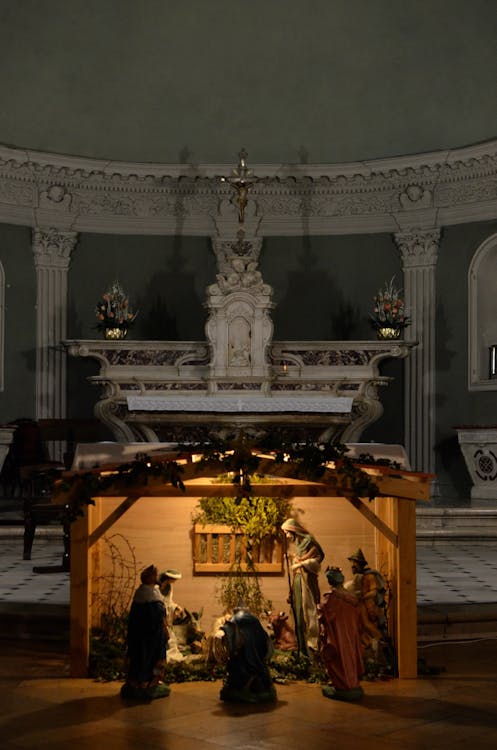
In 1987, the Leaning Tower of Pisa was declared a UNESCO World Heritage Site and is considered one of the most recognized symbols of Italy. Along with that, its cultural icon, shows that human potential is much greater and better than nature and challenging too. Even today, it stand as a symbol of human miscalculation and engineering challenges, yet again testament to both the past and present architectural craftsmanship.
Here are 10 Major Interesting Facts about the Leaning Tower of Pisa
1. Unique Architecture
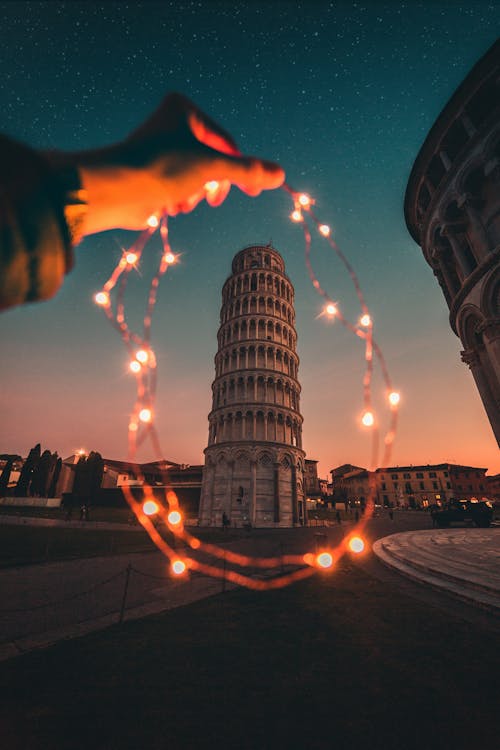
The uniqueness of the Leaning Tower of Pisa is the foundation of its attraction. Visitors no where find such kind of ancient building especially in its original form. It contains a circular platform made of white marble and limestone which will help to handle the tower’s weight. The Leaning Tower of Pisa started leaning during its construction due to the soft ground and leaned about 15 feet from the square and made it unique and instantly recognizable worldwide. The Leaning Tower of Pisa has bigger architectural complexes like the Cathedral of Santa Maria Assunta and Baptistry.
2. 7 huge Bells

The leaning tower of Pisa contained a total of 7 huge bells on the top of the tower. Every 7 bells have individual names and seven musical notes which shows can visible from its basement. But unfortunately, these rings have not been used since last century.
3. Construction Timeline

This historical bell tower construction started in 1173 and took approximately 200 years to complete due to various interruptions, including wars and financial issues. The 56m high tower works started between 1350 and 1375. The leaning tower of Pisa is the Bell tower of the Cathedral of the Italian city of Pisa.
4. Pisa Tower is not leaning Initially
As we know, the leaning tower is known for leaning itself. But surprisingly, it is not leaned initially. Originally this tower was built straight. But after reaching construction on the 2nd floor, the north side of the tower slightly leaned due to bad soil condition. The foundation is 3 meters high which helped for leaning the tower from starting itself.
5. Height and Lean

The leaning tower of Pisa contained 183.27 feet on the highest side and 186.02 feet on the lowest side. The tilt measures approximately 5.5 meters (18 feet) off the vertical axis.
6. Used for Experiments
![Falling Bodies [1]: Sky-diving | ThatsMaths](https://thatsmaths.files.wordpress.com/2014/11/galileo-and-tower.jpg)
Galileo Galilei, a famous Italian Astronomer used the Pisa tower to prove his theories and experiments. Galileo found that heavier objects had been faster than lighter ones and experimented with values like scientific innovation done with the help this tower. He will use tower steps to climb the top of the tower to prove the gravity of cannonballs of equal sizes with different results in order to drop them.
7. World Heritage Status
This monumental complex of The Leaning Tower of Pisa and Piazza dei Miracoli complex has retained its historical and artistic qualities and values over the period of time. It witnessed eye-catching artwork and design to the public along with Outstanding Universal Values. Therefore, recognised one of the UNESCO World Heritage Site in 1987 due to its historical and artistic significance.
8. Scientific Experiment
In 2002, Some kind of Scientific experiment took place here in the Leaning Tower of Pisa. Scientist John Burland filled the tower’s foundation with 800 tones of lead counterweights. And he used some tremendous scientific techniques to reduce the tilt and try to structural unity.
9. Pisa Survived by 4 Earthquakes
When you take the history of Pisa Tower, it faced a lot of earthquakes in its lifetime. But still, it survived and faced a tragic earthquake. As we discussed earlier this tower has a unique soil structure and it will protect the tower from uneven falling. Till now it faced 4 earthquakes and seismic effects.
10. Benito Mussolini Damaged this Tower

Italian Dictator Benito Mussolini tried to straighten this tower in 1934. He Supplied a lot of resources to correct the line of this tower and his team drilled holes into the foundation and pumped up. But they failed due to proper knowledge of Pumping and Groundwork and not just that its tilt was damaged.
11. Tourist Attraction

The Leaning Tower of Pisa globally popular tourist attraction by its beauty and architecture. Hence it welcomes millions of tourists from all over the world to enjoy the beauty and explore different places and the uniqueness of the tower too. No matter whether you wanna take iconic “holding the tower” photos, or just climb the steps to enjoy a stunning view of Pisa, Pisa is for you.
12. Leaning tower contained 296 steps

Underrated yet popular element under Leaning Tower, Steps here is more enjoyable and thrilling one. If you wish to climb the top of the Leaning Tower of Pisa to explore the beauty and scenic views of the city, just take its steps. Visitors need to climb a total of 296 steps in this tower and one of the must-try things here in this place.
10 Major Hidden Gems to Explore Around the Leaning Tower of Pisa
1. The Baptistery of Pisa
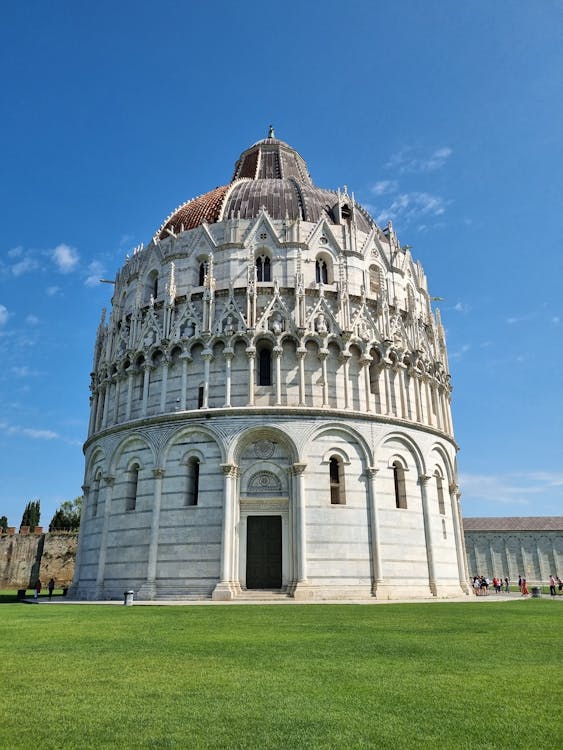
Located just next to the tower, the Pisa Baptistery is a beautiful round building with marvelous acoustics. Baptistery of Pisa is located in Piazza dei Miracoli, made to keep sweet memory of Saint John the Baptist. Take a time to appreciate its intricate architecture and exquisite artwork. This Baptist is considered the largest Baptist not only in Italy but also in the Whole world.
2. Camposanto Monumentale

Often called as Monumental Cemetery known for its peaceful and mindful atmosphere and surrounding making it ideal place to visit nearby the Pisa Tower. Place is considered one of the most eye-catching in Piazza dei Miracoli (Field of Miracles). Its houses attract visitors to its sculptures dating back centuries, while also providing a tranquil escape from the bustling tourist crowds and home to the Leaning Tower.
3. Pisa Cathedral Museum
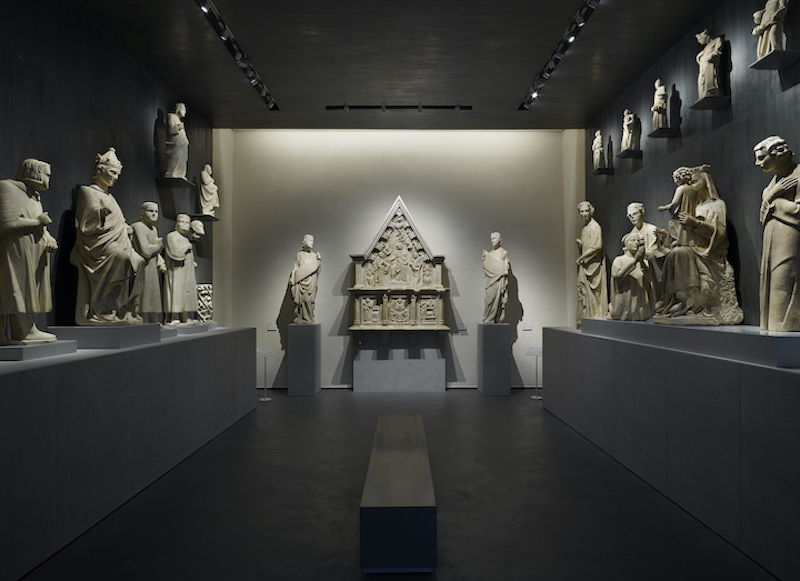
You can see Pisa Cathedral Museum within the cathedral complex, this museum presents good collections of religious artifacts and artwork, including ancient Roman sculptures, paintings, and historical paintings and treasures. This museum first built during the 9th century with Romantic and Gothic works of activities.
4. Museo delle Sinopie
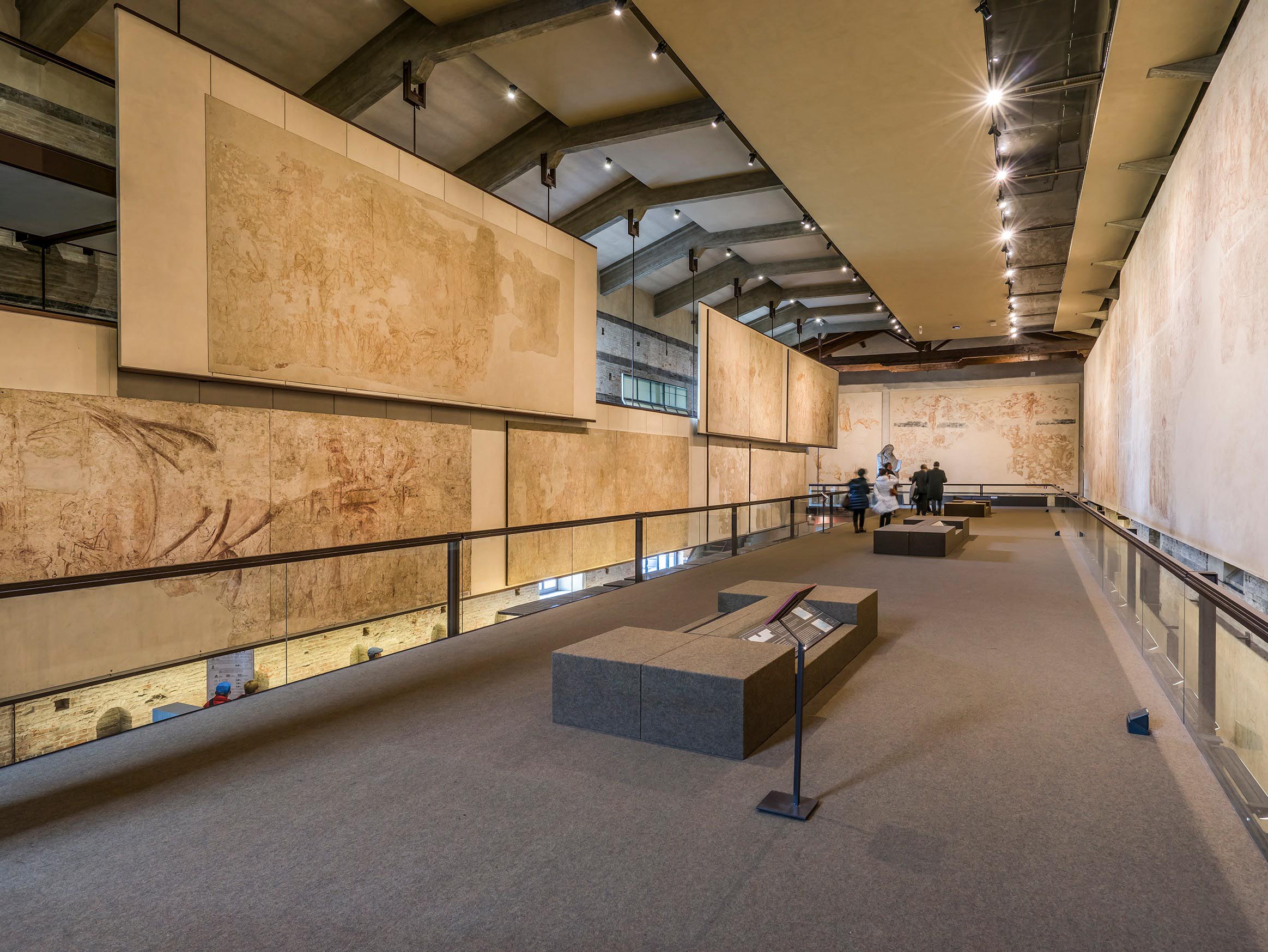
Sinopie is a place where you can see brilliant original drawings and sketches used by famous Italian artists at the time of the Establishment and planning/ decoration of the cathedral Complex. Museums represent the truth of fresco painting along with short video clips. Museo delle Sinopie is situated in the same square as the Leaning Tower.
5. Palazzo Blu
Such an historical (dated back 11 century) and interestingly building primarily built by the strategic thinking. Take a short walk from the tower, this art museum shows us the culture of works, including paintings, sculptures, and photography, from Italian and international artists. Palazzo Blu knows Arte e Cultura.
6. Knight’s Square
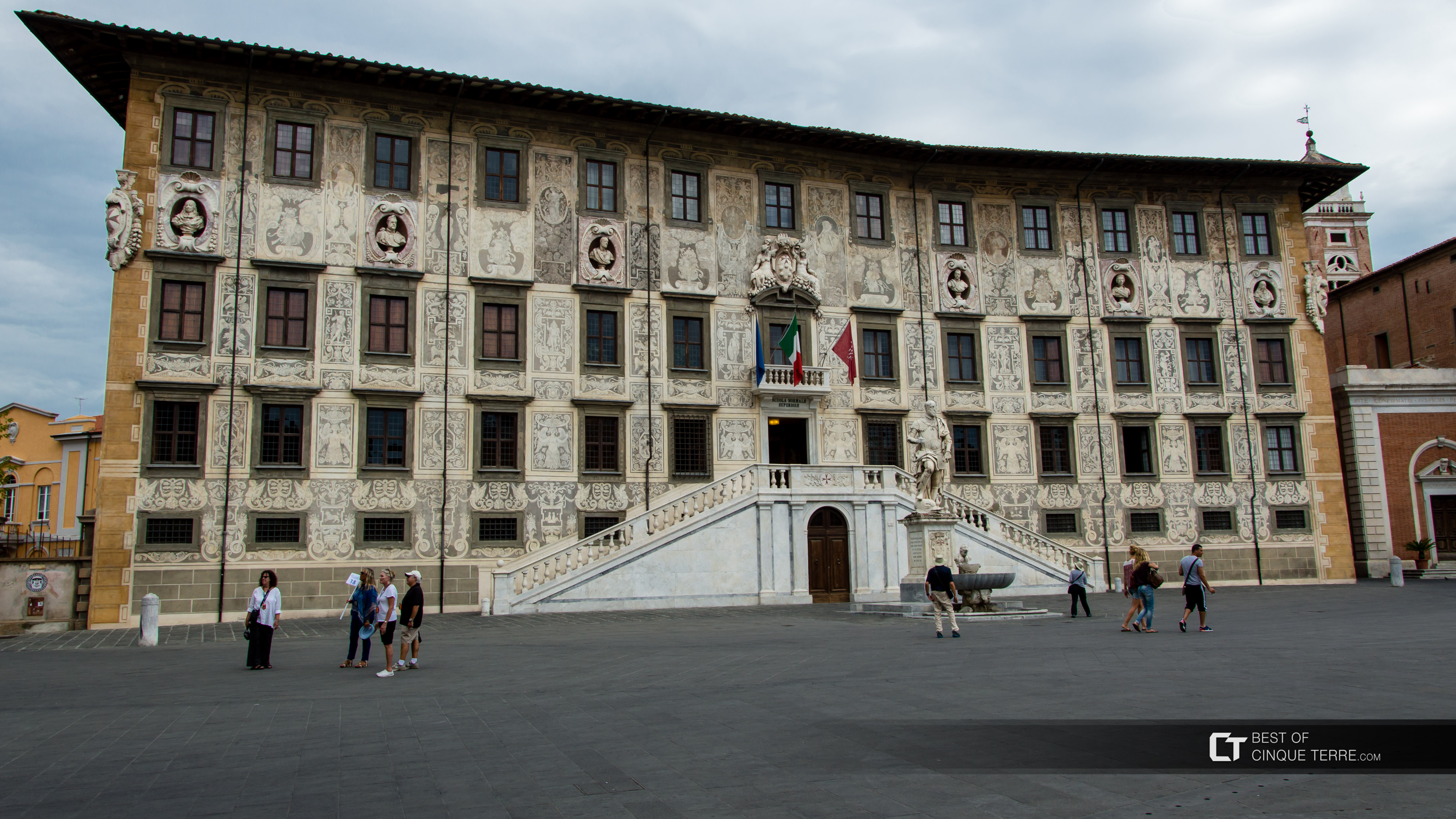
Built based on, Squares Renaissance style, the church of Santo Stefano dei Cavalieri, Palazzo della Carovana Palace of the Clock,including King’s Square are the most beautiful places to explore here in Knight’s Square. Significant buildings such as Palazzo della Carovana and the Church of Santo Stefano dei Cavalieri are never missing places to explore.
7. Giardino Scotto
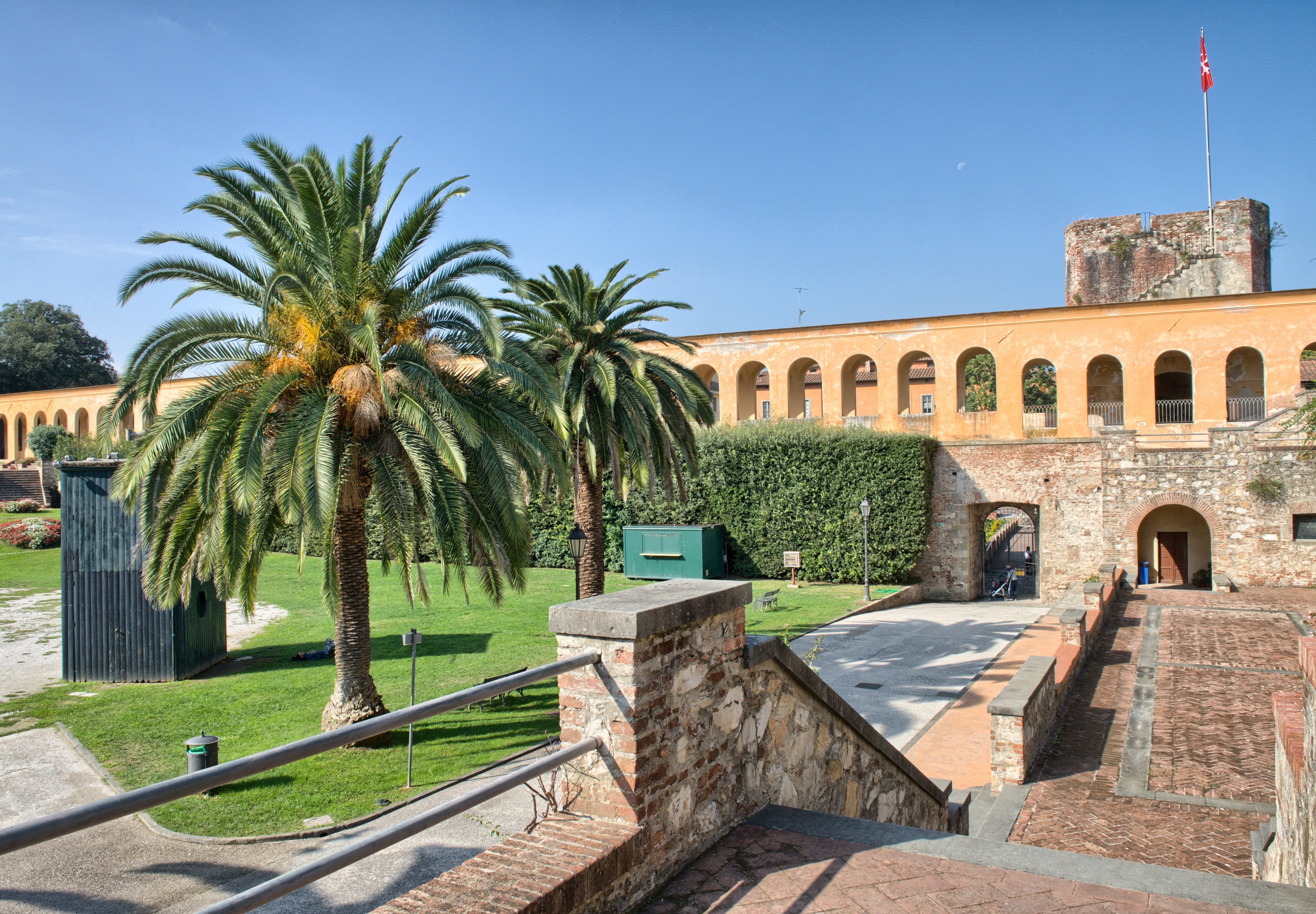
Located on the Arno u River, during 1930 onwards this sightseeing park opened to the general public. More calm and peaceful park provides near Pisa makes visitors to spend a time with their family or partners along with taking leisurely stroll or a picnic. From its beyond point we can get most mesmerising views of the river and the city. Moreover, it hosts many exhibitions and theatrical performances through the day.
8. Church of San Michele in Borgo

Renowned Romanesque-style church known for its incredible paintings like “ Conceptions” by Rosselli, “The Virtues” by Aurelio Lomi, and “Nativity” by Melani. Boasts stunning artwork and beautiful architecture which belongs to 13th-century old paintings.
9. Museum of Ancient Ships of Pisa
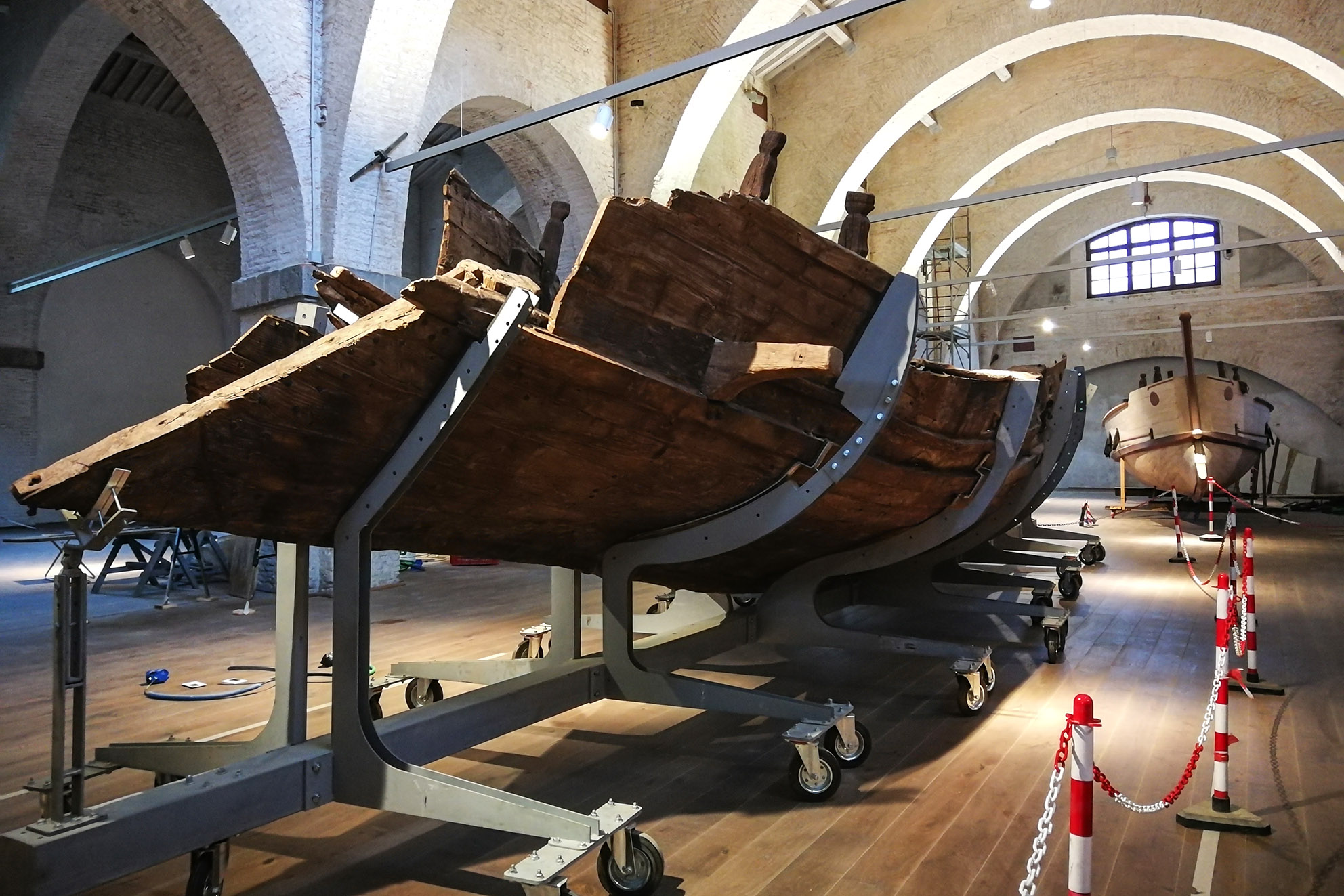
Museum of Ancient Ships of Pisa gives a creative look at Pisa’s origin, nautical origin, shipbuilding’s, Mediterranean trade, and sailors’ life. Not just that, Housing the remains of ancient Roman ships, thing which explaining fascinating glimpse into maritime history and the seafaring traditions of Pisa.
10. Le Giardino dei Semplici
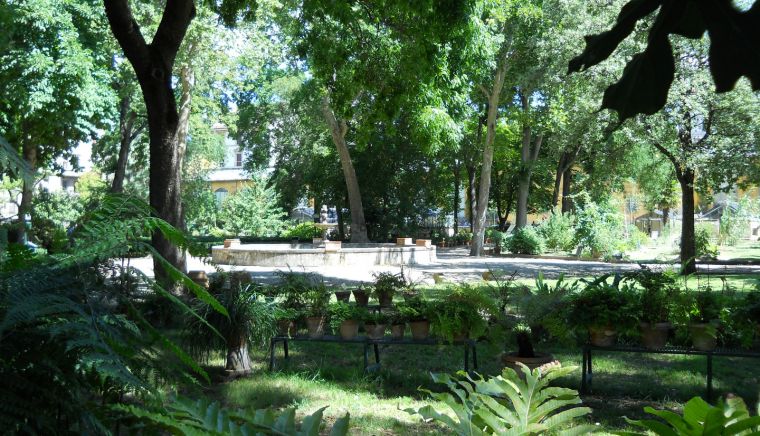
A botanical garden established in 1543, it is one of the oldest in Italy and Europe too. Contains a wide variety of flora and fauna species, including medicinal and aromatic plants.
Related Articles: Colosseum, Italy.
Q : Where is the Leaning Tower of Pisa Located?
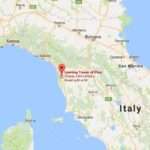
A : Leaning Tower of Pisa is located Piazza del Duomo, City of Pisa PI, Tuscany, West Central region of Italy 56126.
Q : Why is the Leaning Tower of Pisa Leaning?
A : Lean in Pisa of leaning tower happened by Accident, not by design. The tower started leaning during its construction due to the soft ground it was built on (foundation). Finally, this tower completed its work in the 14th century.
Q : When was the Leaning Tower of Pisa Built?
A : Construction of the leaning tower of Pisa began in 1173, August, and lasted for about 200 years long history. This tower has been damaged due to war and debt several times.

